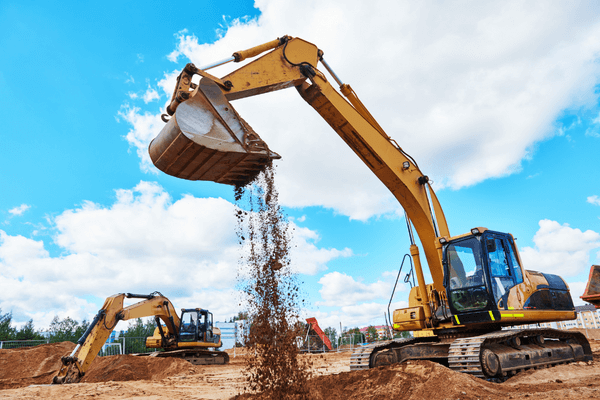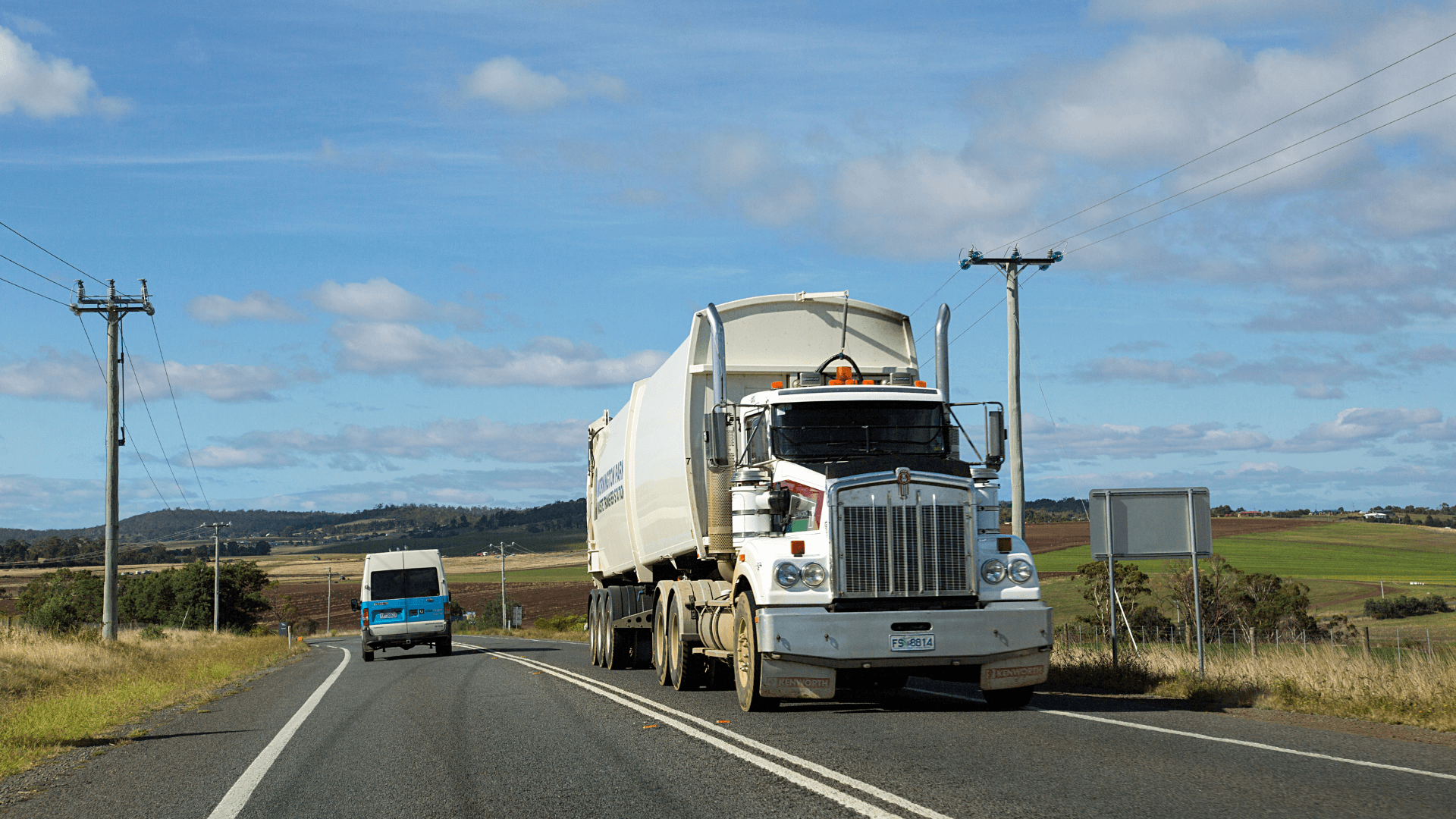Transport and powerlines
With approximately 56,000 reported incidents each year across Australia, the risk of hitting overhead powerlines while in transit is more common than you may think. The good news is that there are things you can do to minimise risks and ensure you’re working as safely as possible behind the wheel.
Before you start work
- Know your vehicle's heightIt's important to know the exact height of your vehicle, load, or machinery when lowered and fully extended.
- Be aware of exclusion zonesExclusion zones are safe working distances surrounding powerlines and electrical equipment. DO NOT enter exclusion zones. Even coming close to powerlines could cause the electricity to arc and jump. The slightest error in judgement could result in a life-changing injury, fines, and even the loss of life.
- Verify the height of overhead powerlinesContact electricity distributors to verify overhead powerline heights and exclusion zones as they can vary across different electricity networks. DO NOT attempt to estimate the height of overhead powerlines yourself.
- Plan a safe travel routeTake time to plan a safe travel route to avoid entering any exclusion zones.
- Obtain a high load permitWhenever necessary, obtain the required permits for travelling with oversized vehicles or high loads. Depending on your travel route, permits may be needed from more than one electrical distributor.
Stay switched on when in transit
Even the best planning isn’t without its pitfalls. A minor mistake or a slight lapse in judgement while in transit can put your safety and others on the road at risk. Here are some planning tips to stay switched on while in transit:
- Make sure all equipment or machinery is fully lowered and secured when in transit.
- Stick to your planned travel route. Avoid changing your planned route once in transit.
- Continue to look up and visually check powerlines before passing under them.
- Consider using a safety observer.
- Be aware of load heights and exclusion zones. If operating high-reach machinery (e.g., tip trucks) where powerlines are located, remain aware of your load height when fully extended to avoid entering exclusion zones and striking powerlines.
- Before entering a worksite or property, contact the site manager or property owner for information on the approved safe travel path.
Guidelines
Safe Work Australia publishes a Guide For Transporting High Loads Near Overhead Electric Lines. The guide includes high load categories and the transport requirements associated with these categories. The transport requirements of high loads will depend on the height of the load above the roads.
Electricity distributors will also have specific requirements that must be met before high loads can be moved with a vehicle near their overhead electric lines. Contact your electricity distributor to understand their specific requirements.
Do I need a permit or approval?
The size of your load will determine if you are required to obtain a permit to travel.
Requirements will vary amongst electricity distributors. For example, in NSW, loads higher than 4.6 metres require a permit to travel through the Ausgrid network. On the other hand, Western Power in WA must authorise all loads higher than 4.3 metres (4.6 metres for livestock vehicles and towed agricultural machinery).
If in doubt, contact your electricity distributor to determine if a permit is required. Depending on your travel route, there may be more than one electrical distributor you need to engage.
Electricity distributors will also assist with the possible raising of powerlines and vehicle escort if required. They’d much rather work proactively with you to plan a safe route, rather than attend an incident which has put you or the public at risk of fallen powerlines.
The dangers of overhead powerlines
The risks are real - contact with energised overhead powerlines can result in an electric shock, burns, and even death.
Earlier this year, a 45-year-old worker suffered a fatal electric shock when the spray boom tip of the tractor they were operating came in contact with overhead powerlines on a plantation farm. The shock occurred when the worker stepped down from the vehicle. This serves as a reminder that if you’re not in immediate life-threatening danger, always stay in the vehicle until help arrives.
What happens if a vehicle contacts powerlines?
If you or your workmates find yourselves in dangers, it's important to know what to do.
- The vehicle may become “live" and the electricity may attempt to pass through the vehicle to the ground.
- Anything in contact with the vehicle may also conduct electricity, including trees, fences, and equipment.
- The area around the vehicle may be electrified. Remain at least 8 metres away.
What should you do?
- Remain calm and stay inside the vehicle until the electricity has been switched off and powerlines have been removed.
- Call triple zero (000). The local electricity distributor will be dispatched to switch off the electricity.
- No one should approach the vehicle. Bystanders should remain at least 8 metres away.
- Once the electricity has been switched off and powerlines are safely removed, you’ll be instructed on how to safely exit the vehicle or drive away from danger.
What if the situation becomes life-threatening?
- Carefully exit the vehicle landing with both feet firmly planted on the ground, at the same time.
- Touch as little as possible and do not close the vehicle door after exiting, do not open doors for other passengers. Avoid any water on the ground.
- Shuffle 8 metres away from danger, slowly, without moving your feet more than a few inches at a time. It is crucial that both feet always remain in contact with the ground when shuffling.
- Do not return to the vehicle until the area has been given the 'all clear' by the electrical distributor when they arrive on site.
Is the vehicle ok?
If a vehicle contacts overhead powerlines, there might be a significant electrical current flowing through the vehicle and its tyres. This can cause the tyres to explode on contact or start burning inside.
- A build-up of gases and heat could cause the tyre to explode, even up to 24 hours after the incident.
- The vehicle should be isolated at a safe distance for at least 24 hours to avoid injury.
- Any resulting explosion could potentially injure people in the proximity with flying debris.
- A competent professional should inspect all tyres, bearings, and brakes before continued use of the vehicle.

Exclusion zones

